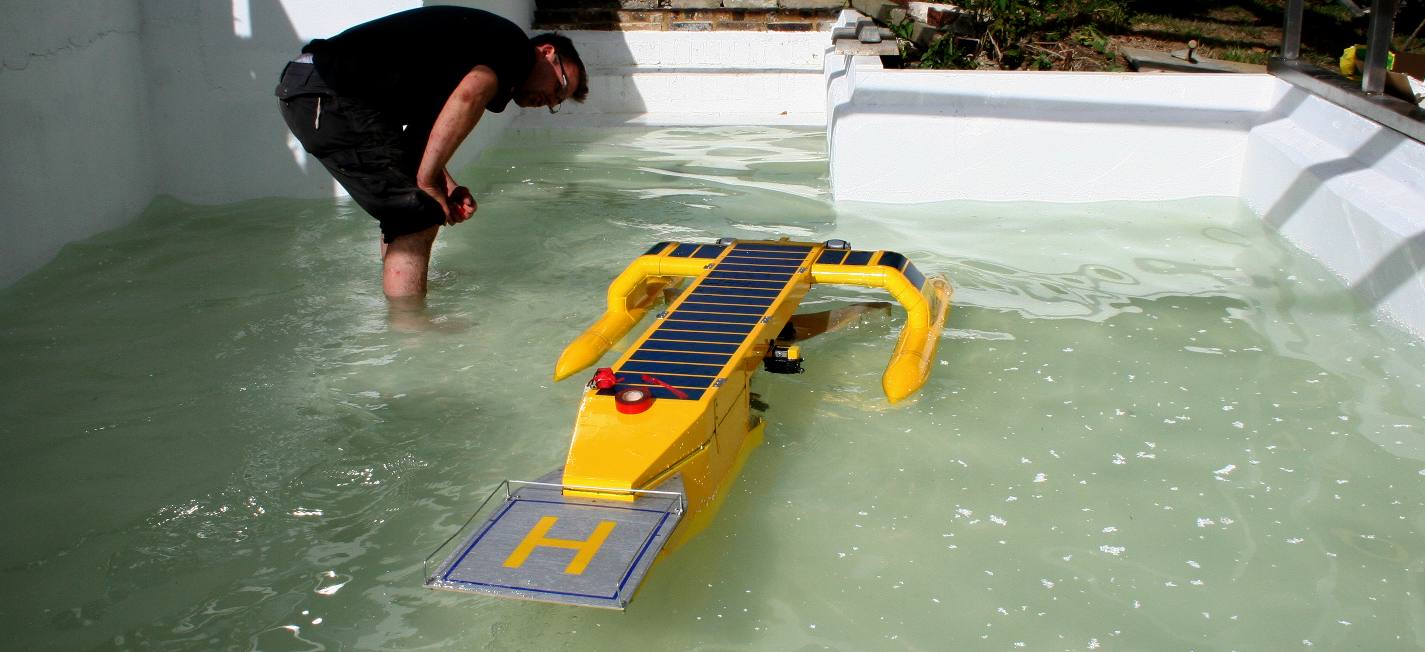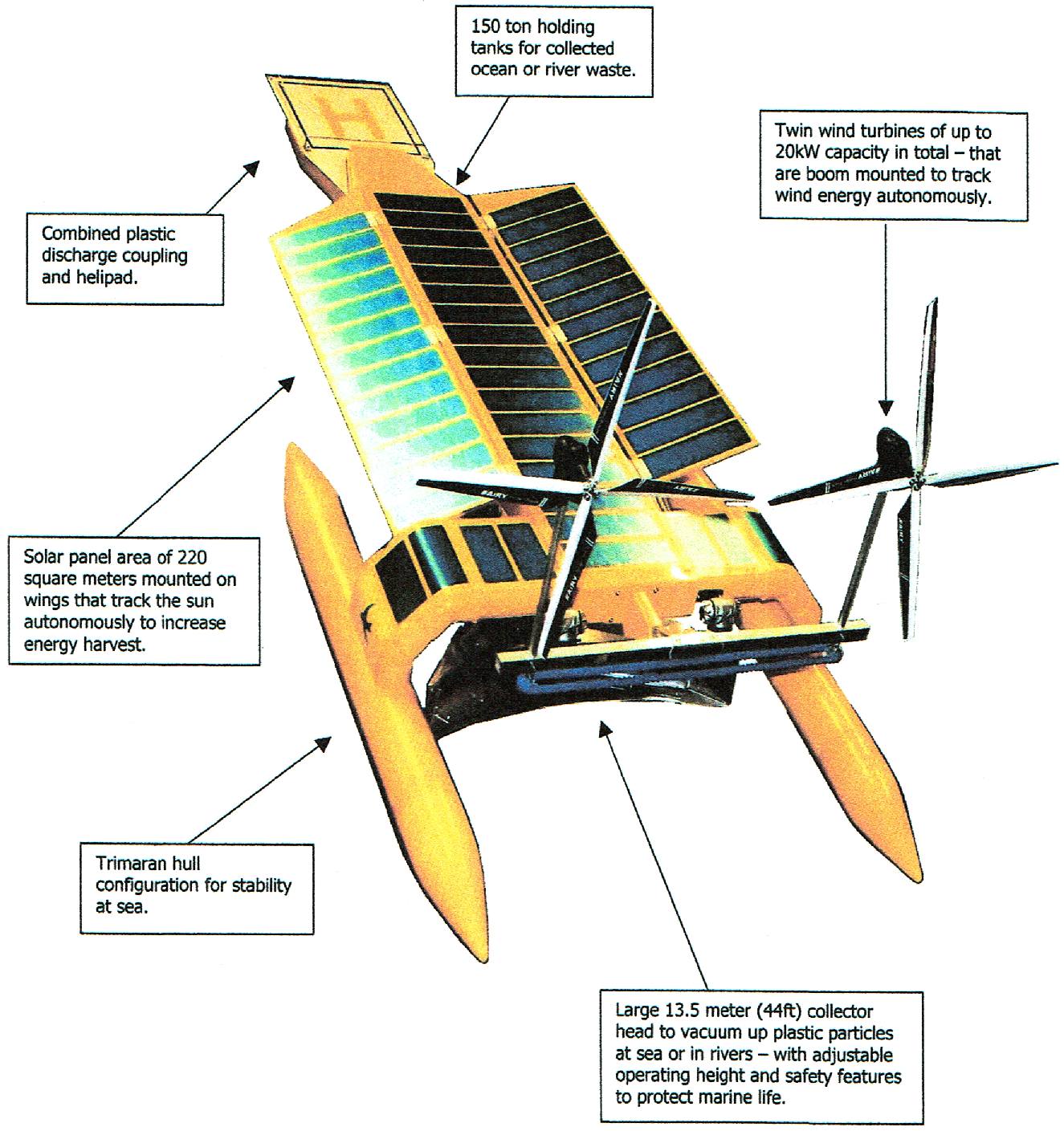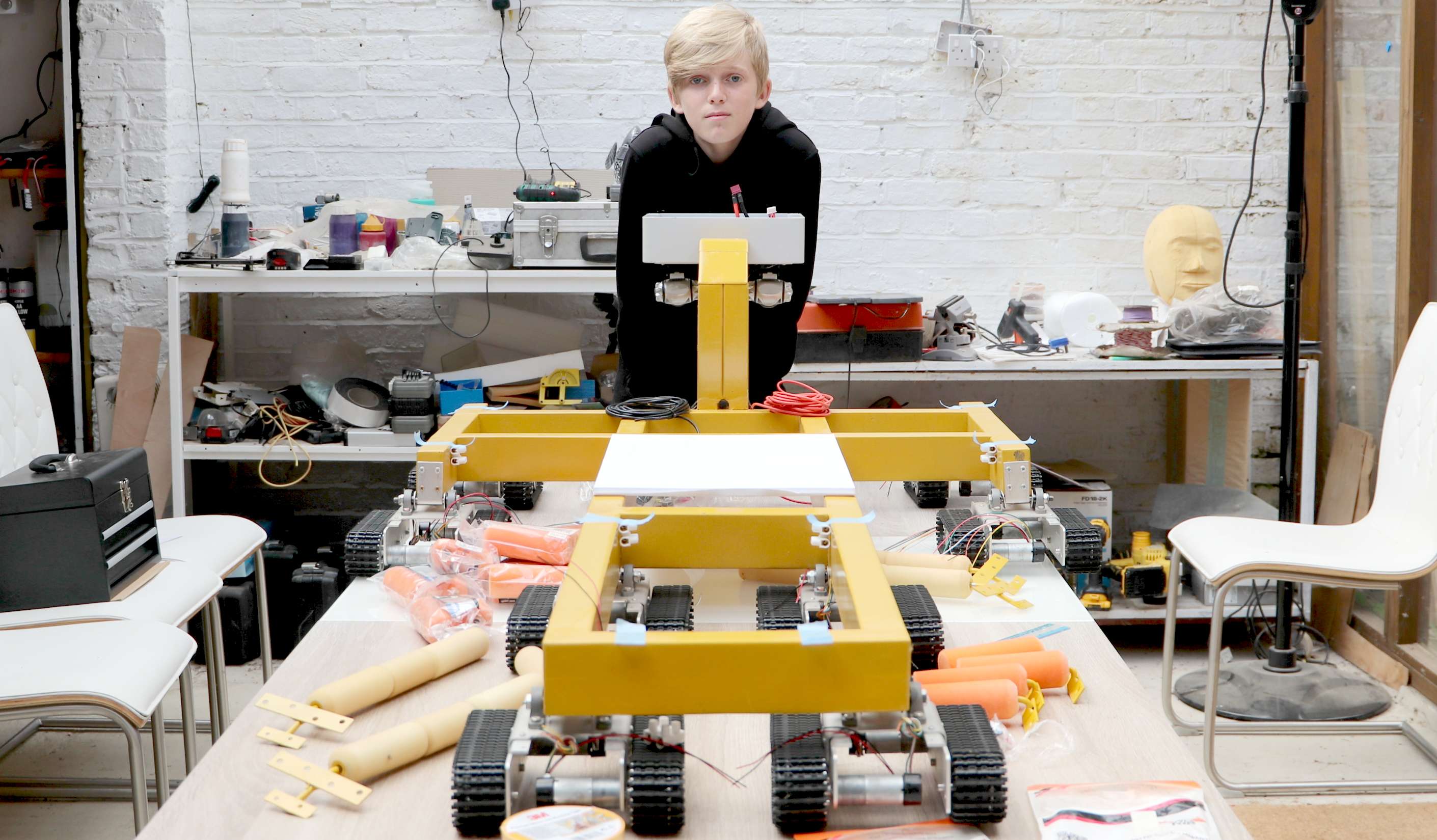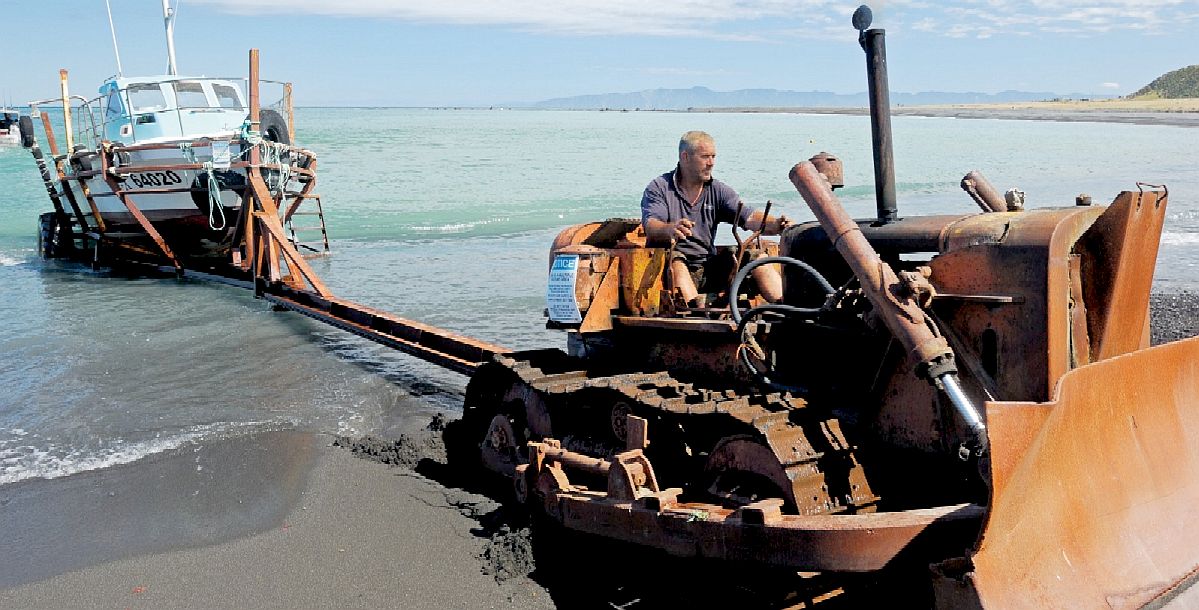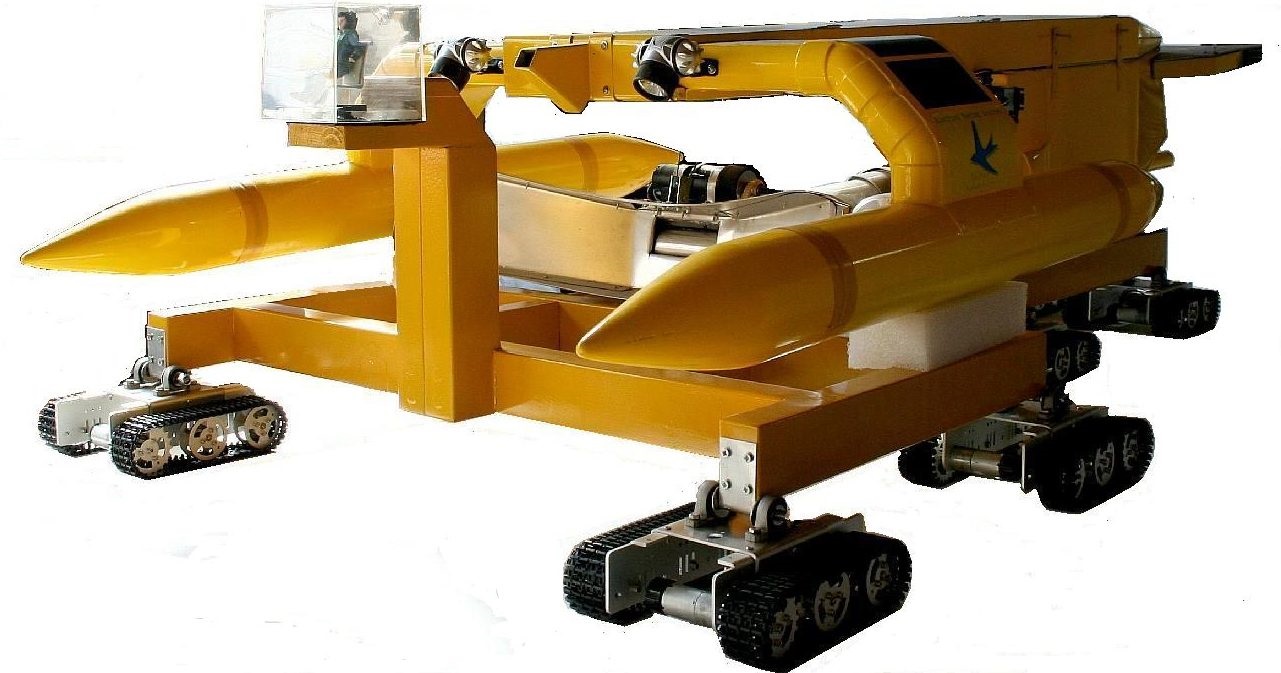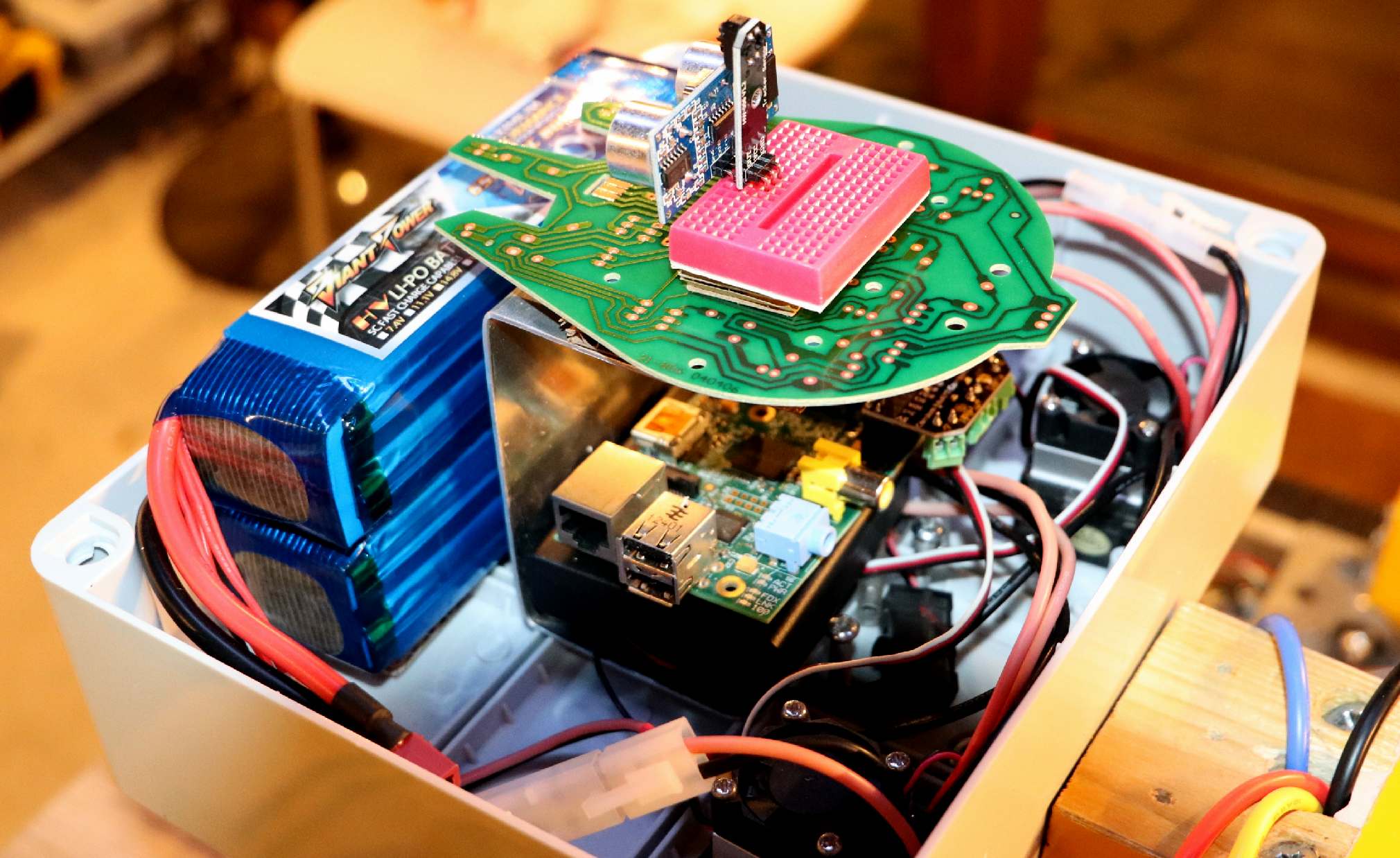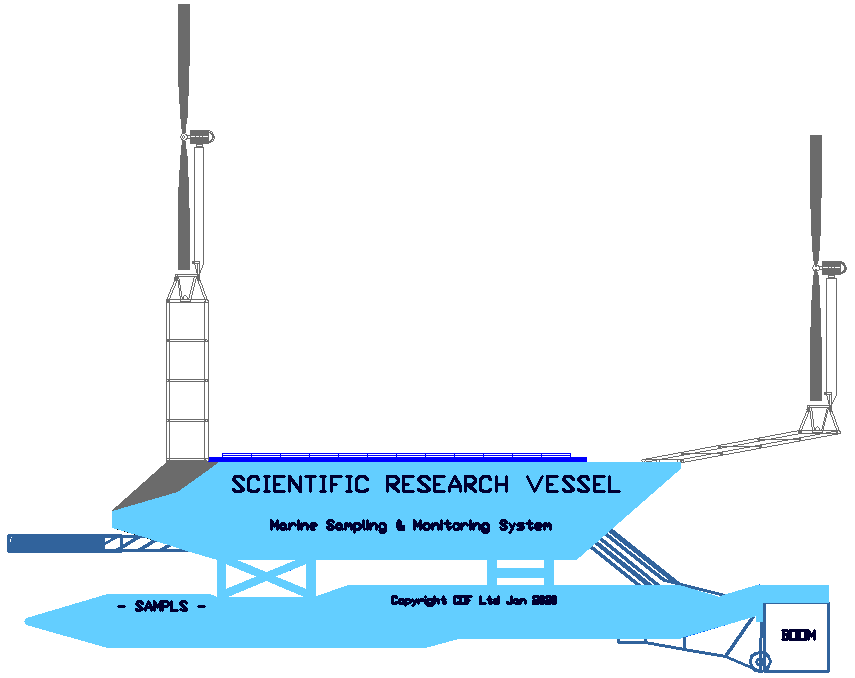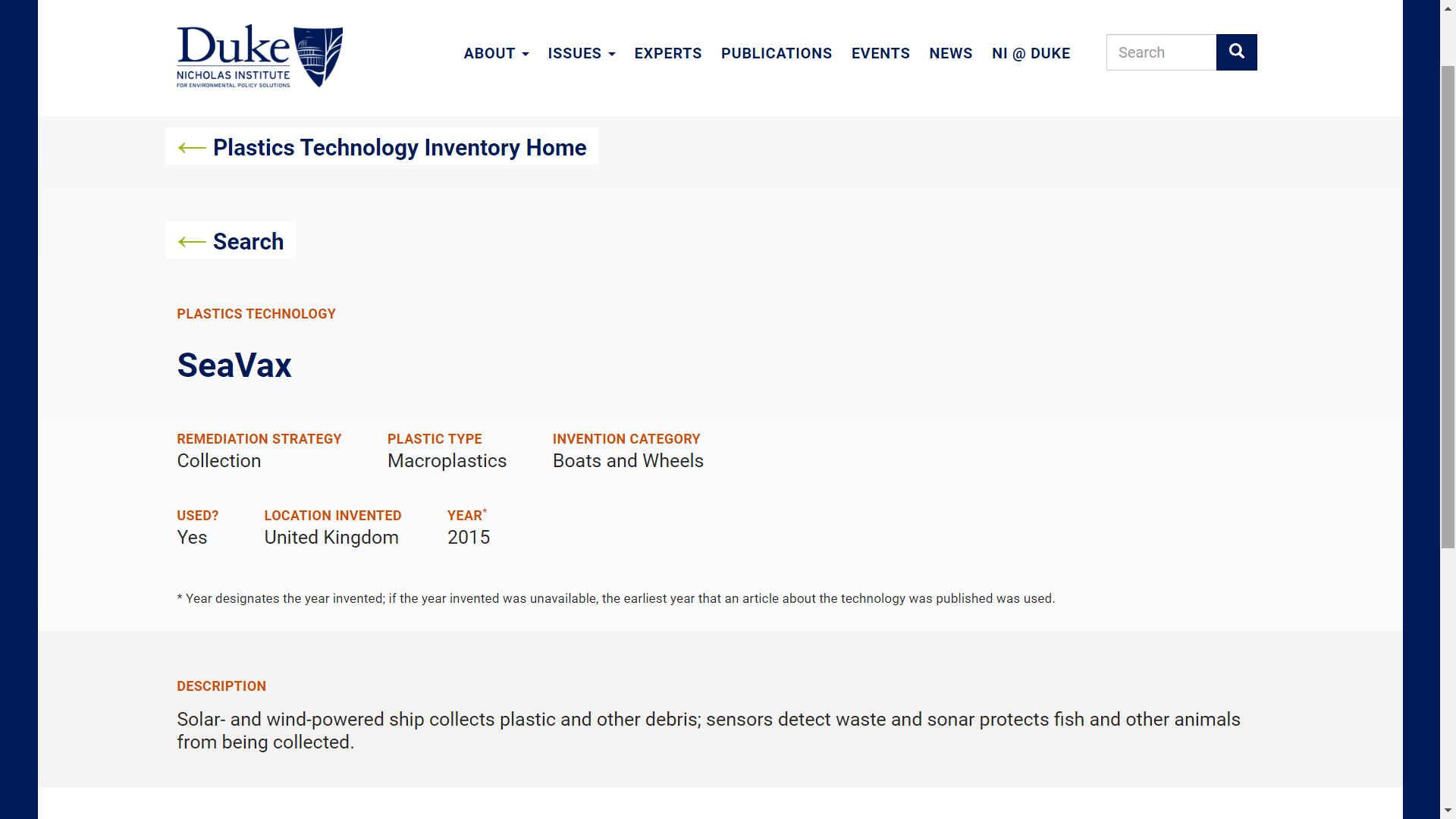|
SEAVAX: OCEAN PLASTIC CLEANING DRONES
PLEASE USE OUR A TO Z INDEX TO NAVIGATE THIS SITE OR CALL HOME
|
|
|
SeaVax is a solar powered water filtration drone, designed to clean up marine litter, operating in fleets. The proof of concept model above, was tested in a tank full of plastic waste. When switched on it cleaned the tank, and the filtration pods were soon full of plastic. This picture was taken on the 29th of July 2016 © Cleaner Ocean Foundation Ltd.
The connection between the 'SeaVax' and the 'Amphimax' (the largest amphibious vehicle in the world) is that the AmphiMax was designed to launch the SeaVax. Not only that, but it was also the jig for assembly of the hull components. So, in effect, a portable dockyard.
Why? Because such a system significantly reduced the cost of making Sea or RiverVaxes, also providing a means to service the vessels in the long-term, free of boatyard haul out fees. Where operational costs would otherwise make fleets of SeaVax drones difficult to maintain.
The original specifications of the SeaVax in 2015-16. The wind turbines would now be just one unit, not twin - and could be VAWT (vertical axis) as opposed to HAWT (horizontal axis), depending on the geographical area of operation. Wind turbines are only needed where sunshine is scarce, in more northerly latitudes.
SeaVax is now just a historical oddity. It was a system that could have provided a solution to the build up of toxic plastic in our oceans, and a reminder that where problems exist, technology can often provide a solution - if the political will exists. The team was disbanded in 2020 after 5 years of development, following no less than three separate and extremely time consuming applications for Horizon 2020 funding.
It is doubtful that anyone else will take up the torch, but we live in hope of a solution surfacing, unlike the plastic on the ocean floor - that will never be recovered and is accumulating unfettered where the G20, the twenty most powerful nations on earth, and the ones mostly responsible for our fast food and supermarket packaging, appear unconcerned as to the ramifications. By unconcerned, I mean that they are not doing anything about the plastic soup that will eventually sink to the ocean floor.
The cost of developing a RiverVax was around $6 million dollars in 2020. A SeaVax is at least twice that. Pro rata the SeaVax is better value, but cannot clean up rivers, or close to shore. The logistics of a worldwide cleanup operation are staggering. You'd need around 300 of the bigger machines to make a dent in the build up of toxic waste. And it is getting worse, with more plastic pouring into the sea every day. The prediction that there will be more plastic than fish in the sea by 2050, looks to be coming true. So, don't eat fish. It is becoming more carcinogenic by the day. If you have to eat fish, take out a good healthcare insurance policy to cover your treatment in later years. Just like smoking, carcinogens are cumulative health risks that can strike at any time.
Taking a proven prototype to production after successful demonstration, is yet more expense. That is why the Foundation wanted to be able to offer free licenses, to as it were, to open source the developed design.
LINKS & REFERENCE
https://ttoonemarinepollution.weebly.com/seavax-and-seabin.html https://ttoonemarinepollution.weebly.com/seavax-and-seabin.html
The SeaVax was a UK invention, listed as being in relation to macroplastics, but actually capable of dealing with microplastics and shredding fishing nets, with just a few more add-ons, that were never disclosed or developed. The United Kingdom has produced many notable innovators over the years, such as Barnes Wallace (delta wing) Frank Whittle (jet engine), and Ken Norris, co-designer of the CN7 and K7 bluebirds.
AMPHIBIOUS TRACTOR - This is a 1/20th scale model of a beach launch and recovery system, designed originally for the SeaVax, but equally useful for other large craft. The machine could be half this size to cater for fishing boats. As the machine is constructed of multiples of standard space-frames, it is possible to reconfigure to cater for smaller vessels. The smallest being a 28 ton unit, all up weight.
|
|
|
This website is Copyright © 2021 Planet Earth Trust.. The designs of the SeaVax and AmphiMax as featured on this website is subject to design copyright © with all rights reserved - unless stated otherwise.
|
